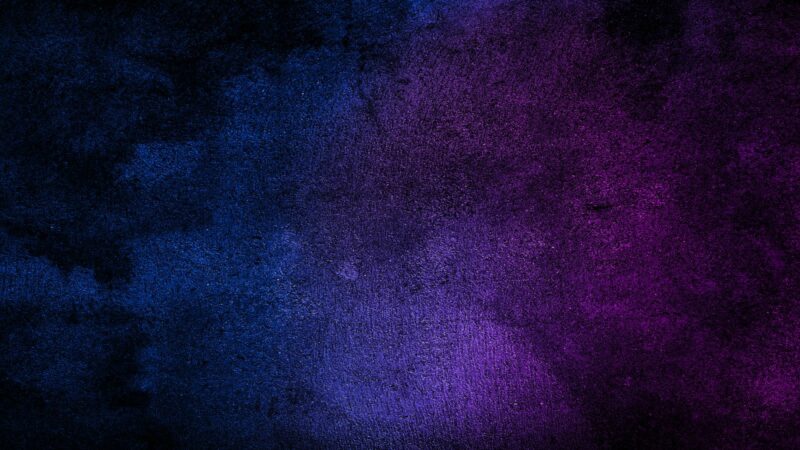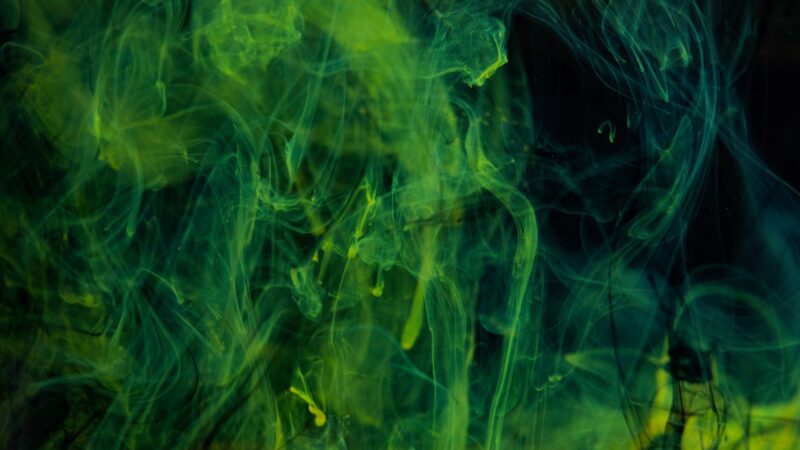| Category | Business & Finance |
| Link Type | Do Follow |
| Max Links Allowed | 2 |
| Domain Authority (DA) | 11 |
| Page Authority | 38 |
| Moz Rank | 3.8 |
| Links In | 1011 |
| Equity | 397 |
| Google Indexed Pages | Check Indexed Pages |
| Sample Guest Post |
https://thatswhatsgoodmedia.com/explorin ... |
| Misc SEO Metrics |
SemRush Rank 1603097 SemRush Keywords num 17 SemRush Traffic 548 SemRush Costs unknown SemRush URL Links num 705 SemRush HOST Links num 734 SemRush DOMAIN Links num 775 Facebook comments 0 Facebook shares 0 Facebook reactions 0 |
In the ever-evolving world of digital art, Art:uw7mc1jmhvq= Dark emerges as a captivating enigma. This intriguing term has sparked curiosity among art enthusiasts and tech-savvy individuals alike, drawing attention to a mysterious realm where creativity meets innovation. As artists continue to push boundaries, this concept represents a fusion of traditional techniques and cutting-edge technology, offering a fresh perspective on the artistic process.With its roots in digital experimentation, Art:uw7mc1jmhvq= Dark challenges conventional norms and invites viewers to explore the depths of imagination. It embodies a unique blend of aesthetics and technology, creating an immersive experience that captivates the senses. As the digital landscape expands, this art form stands as a testament to the limitless possibilities of creativity in the modern age. By delving into this fascinating world, one can uncover the profound impact of technology on the evolution of art and its ability to transform perception.
Art:uw7mc1jmhvq= Dark captivates audiences by challenging traditional artistic expressions. This digital art style combines time-honored techniques with cutting-edge technology, creating interactive and immersive artworks.

By leveraging modern tools, artists expand their creative boundaries, moving past the limitations of conventional mediums.Digital environments play a crucial role in this art form. Artists use virtual reality, augmented reality, and artificial intelligence to redefine the viewer experience. Artworks transform into dynamic encounters where interactivity enhances emotional engagement. This approach allows audiences to form personalized connections with each piece, promoting deeper appreciation and understanding.The integration of technology not only reshapes the art itself but also influences its perception. As viewers engage with digitally-enhanced pieces, their interpretations evolve, adapting to the fluidity of the medium. This continuous evolution challenges both artists and spectators to rethink the possibilities of art and its impact on society.
In exploring Art:uw7mc1jmhvq= Dark, artists question existing notions of creativity. They integrate technology as a tool to innovate rather than replace traditional methods. This synergy results in a unique blend of past and future, offering insight into how art can adapt to and reflect contemporary cultural shifts. By embracing technological advances, this art form highlights the dynamic relationship between art and the digital age, underscoring its significance in modern creative landscapes.
Art:uw7mc1jmhvq= Dark finds its roots in the evolution of digital art and technology. This convergence transforms traditional techniques through innovative methods.

In the late 20th century, digital art began incorporating technology, leading to new artistic forms. Pioneers like Harold Cohen developed early computer-generated art, setting the stage for future innovations. As computers became more advanced, artists experimented with interactive media, paving the way for immersive experiences.
Artists like Nam June Paik, an innovator in video art, influenced Art:uw7mc1jmhvq= Dark through his integration of technology. The net art movement also contributed by embracing the internet as a medium. Pioneers of these movements combined artistic expression with cutting-edge tools, pushing boundaries and reshaping art’s potential.